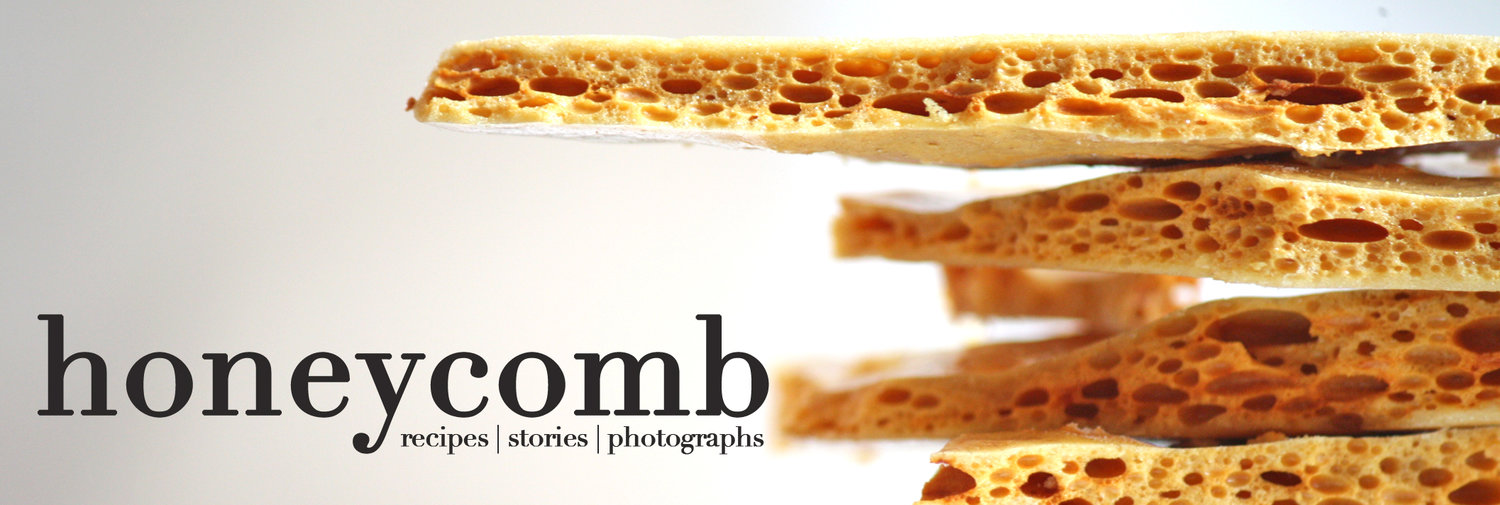Liège Waffles

In the realm of sweet breakfast-y things that are generally paired with butter and, my favorite condiment, maple syrup, waffles are without a doubt my numero uno. Over the years it evolved from the Eggos and Aunt Jemima of my childhood to the classic Belgian style with real syrup, and then became more experimental. I had much success with the previously documented oat and orange waffles with whipped cottage cheese and pear-cherry compote and I have dipped my toe in the realm of the yeast-raised variety. And yes, I am talking about the ever-famous Marion Cunningham ones. But I must say, despite a whole lot of waffle lovin’ in my life, the ones that changed everything are the Liège waffles.
I first had them in what now seems like a full state of waffle naiveté from a food cart in London. On that chilly fall day, waffle-in-hand and walking through Hyde Park, I took a bite, expecting something along the lines of the crispy pancake-esque waffles I was used to but got so much more. Made from a slow rising yeast dough, enriched with lots of butter and eggs (think brioche) and studded with handfuls of Belgian pearl sugar*, the Liège waffle, once cooked in the waffle iron, becomes a whole new beast.


The inside stays very tender and light but at the same time has a nice bit of chew and stretch to it, like a croissant. But the magic happens on the outside. The pieces of pearl sugar completely melt with the heat of the iron coating every part of the waffle exterior with molten caramel. Once cooked, removed and let to cool slightly, this sugar hardens into a paper thin layer of crackly sugar coating giving each bite a satisfying combination of crispiness and meltiness.
I’ve been meaning to make them on my own for a while now, yet never seemed to get around to it. But when Deb over at Smitten Kitchen posted a recipe recently, I could no longer resist. The process ended up being simpler than anticipated and the hardest part was undeniably the wait for the overnight rise. The next morning (very early, I couldn’t wait any longer!) I shaped the dough while making my coffee and basked in the smells of butter and caramel as they cooked. They were fantastic on their own but no harm ever comes from a little chocolate drizzle, powdered sugar, and whipped cream, right? After spending the morning indulging in a solitary waffle feast and then pondering the ways to clean burned sugar off the waffle iron**, I froze the remainders in an attempt to maintain some sense of self-control and swore to myself I would never go so long without a Liège waffle ever again.


*pearl sugar is a little difficult to find, but, when in doubt turn to Amazon
**a small offset spatula to pry out larger pieces and then a damp washcloth
Liège Waffles
Makes 16 waffles
From Smitten Kitchen
Ingredients
½ cup whole milk
¼ cup water
2 Tbs. brown sugar
1 packet of active dry yeast
2 room temperature eggs
2 tsp. vanilla extract
3 2/3 cup all-purpose flour
1 tsp. kosher salt
14 Tbs. unsalted butter, softened
1 1/3 cups Belgian pearl sugar
Start by making the dough. Combine the milk and water and heat until lukewarm. Pour into the bowl of a stand mixer. Add the brown sugar and yeast, give it a stir, and set aside for about 5 minutes to allow the yeast to activate. Whisk in the eggs and the vanilla and then use a rubber spatula to stir in 1-1.5 cups of the flour. Stir in the salt. Now slowly incorporate the butter. I took a spoonful at a time and used the rubber spatula to mash it against the side of the bowl and mix it into the batter. Do this until all of the butter is added (it will take a little while).
Hook the bowl up to the stand mixer and attach the dough hook. Add the remaining flour and turn the machine to medium speed to allow it to knead for 5 minutes. Add more flour if it looks too wet. Once the dough is finished, shape into a ball and place in a bowl. Cover and leave it out at room temperature for 2 hours. It should double in size. Punch down the dough, reshape into a ball, cover the bowl again, and place in the refrigerator overnight.
The next day, transfer the dough to the countertop and knead in the pearl sugar. Once incorporated, divide into 16 even pieces. While you are doing this, heat the waffle maker. Place two balls of dough on opposite ends of the machine and cook according to the instructions. Since my waffle maker is nothing fancy, I found that the waffles turned out best when I spent about half of the cooking time clamping the iron shut with my hands so that the waffles cooked uniformly. Once the shape set, I could let go and let them finish cooking. Once golden brown, use tongs to transfer the waffle to a cooling rack (be careful, they are very hot at this point). Eat warm either plain or with the toppings of choice.



















